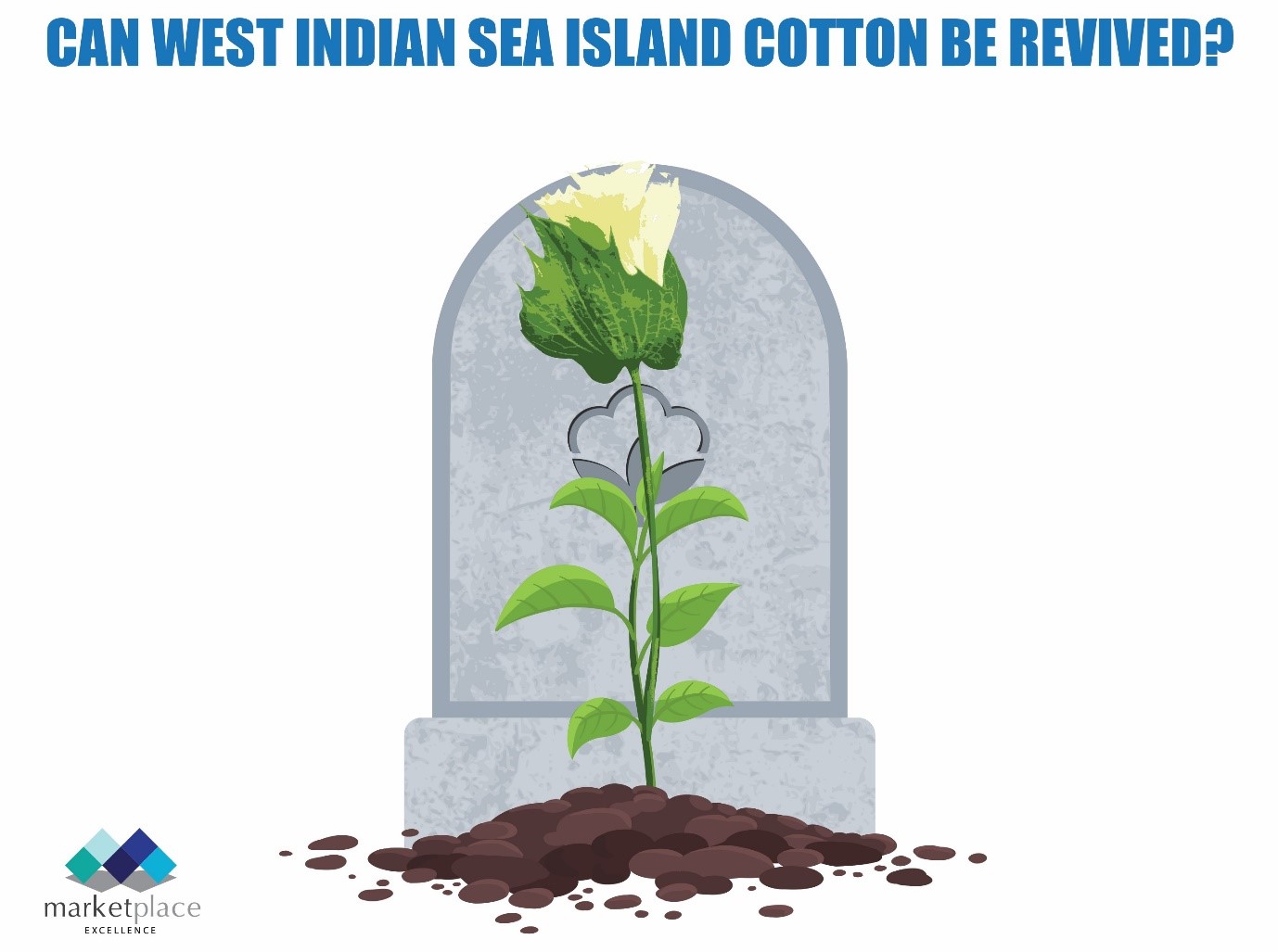“Trust in the LORD with all your heart and lean not on your own understanding; in all your ways submit to him, and he will make your paths straight.” – Proverbs 3:5-6
The unique variety of sea island cotton, known scientifically as Gossypium Barbadense, thrives in Barbados’ favorable climate and soil conditions. This cotton is renowned for its long staple length, unparalleled tensile strength, unique sheen, and incomparable softness.
The highest-quality products derived from this raw material are in great demand globally. Barbados has an excellent opportunity to expand the cultivation of this precious crop and position itself as a leader in the sustainable luxury textile market.
West Indian Sea Island Cotton represents not just a link to our past but a bridge to a more prosperous and sustainable future for the Caribbean.
Professor Sir Henry Fraser, in his “Did You Know? Barbados series”, highlights that during the late 18th-century textile revolution, annual cotton lint exports to Britain were over two million pounds.
Sustaining the production and processing of this unique commodity can diversify our economy and carve out a niche in the global luxury market, which is a vital tourism linkage.
Twenty years ago, the time was ripe to weave the narrative of Caribbean Sea Island Cotton into the fabric of global luxury, celebrating the crop’s unparalleled quality and heritage globally.
The Barbados Ministry of Agriculture commissioned a business plan to explore this potential. The goal was to transform the ‘West Indian Sea Island Cotton (Gossypium Barbadense) Growing’ industry into a thriving, private sector-led ‘West Indian Sea Island Cotton Integrated Textile’ industry. This would enable the Caribbean to develop an integrated operation that grows, harvests, gins, spins, knits, assembles, and sells premier ‘Genuine Certified W. I. Sea Island Cotton’ finished goods.
This initiative led to the creation of Exclusive Cottons of the Caribbean Inc. (ECCI). Initially, Barbadian landowners and developers held the majority of the company’s shares, with private-sector farmers and the government-owned Barbados Agriculture Management Company providing the lands for cotton cultivation.
A ginnery was reconstructed at Groves, St. George, to separate cotton fibers from their seeds. This facility produced lint for conversion into textiles, seeds for more cotton, and cottonseed oil.
The prospects looked good. Therefore, it is disappointing to learn in recent reports and during the Barbados parliament 2024-2025 budget debate that the Barbados’ Sea Island cotton industry faces potential collapse, with just a single field of the prized crop planted last season.
The Minister of Agriculture, Indar Weir, has vowed not to let the industry die. Adlai Stevenson, the head of ECCI, predicts that the sector’s survival rests on the success of ongoing negotiations with the cooperative overseeing the sugar industry, particularly concerning the competition for arable lands.
There is a crisis!
An urgent intervention by the public and private sectors is necessary. Considerations must include land use, sugar cane, and cotton partnerships, access to planting materials, investment in modern equipment and agricultural techniques, research into enhancing crop resilience and yield, making cotton harvesting appealing, developing strong branding that highlights our unique Caribbean heritage, and fostering partnerships with global luxury fashion brands and textile manufacturers.
Are we going to let the industry die?

(Dr. Basil Springer GCM is a corporate governance adviser. His email address is basilgf@marketplaceexcellence.com. His columns may be found at https://www.nothingbeatsbusiness.com).
